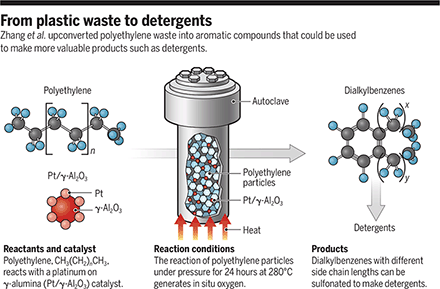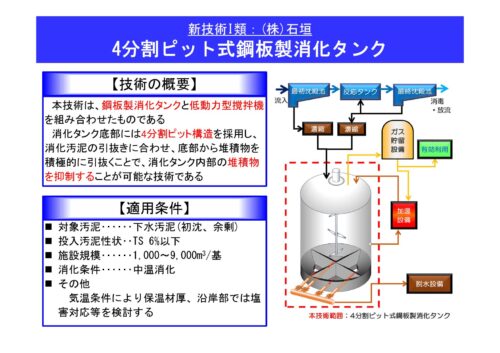2021/4/28 アメリカ合衆国・国立再生可能エネルギー研究所(NREL)

・ NREL が 金属ハロゲン化物ペロブスカイト半導体を使用した、エネルギー効率に優れたフォトトランジスタの開発を報告。
・ 本研究では、太陽電池をはじめ様々な技術で有用となるユニークな機能システムのペロブスカイト半導体と単層カーボンナノチューブ(SWCNTs)の 2 種類の材料を組合せて作製できるシンプルなデバイスで、単純化したメモリのような作動を実証した。
・ 本研究結果は、光メモリやニューロモーフィックコンピューティングのアプリケーションへの統合が可能な、これまで欠けていた設計原理を提供するもの。同フォトトランジスタは、ニューロモーフィックコンピューティングによる視覚情報処理や自動運転車等のセンサーとしての利用が期待できる。
・ ペロブスカイトナノ結晶と SWCNTs のネットワークを組み合わせたデバイスにレーザー光を照射すると、「持続光伝導」として知られる現象が発生。FAPbBr3、CsPbl3、CsPbBr3 の各ペロブスカイト結晶で同現象を確認できた。
・ 同現象は、デバイスに照射した光エネルギーを電流として「メモリ」に記憶する「光メモリ」の一形態であり、人間の脳で記憶の貯蔵に使用されるシナプスの働きを模倣する。
・ 通常、持続光伝導の発生には低温度と高電圧の両方またはいずれか一方を要し、電流スパイクの継続時間は 1 秒にも満たないが、本研究では同現象が室温下で電流を発生させ、光照射停止後も 1時間超継続することを発見。さらに、低電圧・低光度による低エネルギーでの記憶貯蔵を確認した。
・ ニューラルネットワークの構築には、これらのヘテロ接合のアレイをより複雑なメモリアプリケーションや画像処理アプリケーションをエミュレートする複合的アーキテクチャに統合する必要がある。
・ 本研究は、米国エネルギー省(DOE)科学局 Energy Frontier Research Center 内の Center for Hybrid Organic-Inorganic Semiconductors for Energy (CHOISE)が支援した。
URL: https://www.nrel.gov/news/press/2021/scientists-at-nrel-report-new-synapse-like-phototransistor.html
<NEDO海外技術情報より>
(関連情報)
Science Advances 掲載論文(フルテキスト)
Low-energy room-temperature optical switching in mixed-dimensionality nanoscale perovskite
heterojunctions
URL: https://advances.sciencemag.org/content/7/18/eabf1959
Abstract
Long-lived photon-stimulated conductance changes in solid-state materials can enable optical memory and brain-inspired neuromorphic information processing. It remains challenging to realize optical switching with low-energy consumption, and new mechanisms and design principles giving rise to persistent photoconductivity (PPC) can help overcome an important technological hurdle. Here, we demonstrate versatile heterojunctions between metal-halide perovskite nanocrystals and semiconducting single-walled carbon nanotubes that enable room-temperature, long-lived (thousands of seconds), writable, and erasable PPC. Optical switching and basic neuromorphic functions can be stimulated at low operating voltages with femto- to pico-joule energies per spiking event, and detailed analysis demonstrates that PPC in this nanoscale interface arises from field-assisted control of ion migration within the nanocrystal array. Contactless optical measurements also suggest these systems as potential candidates for photonic synapses that are stimulated and read in the optical domain. The tunability of PPC shown here holds promise for neuromorphic computing and other technologies that use optical memory.



